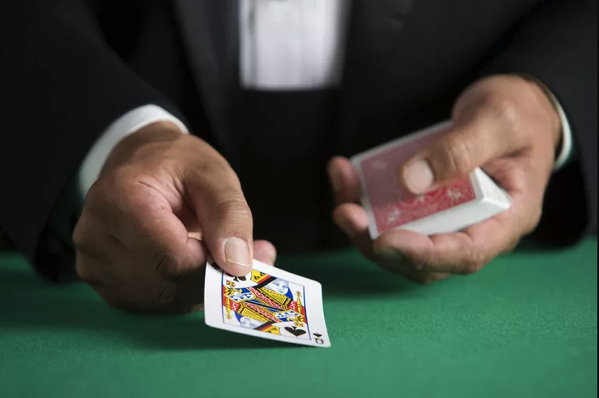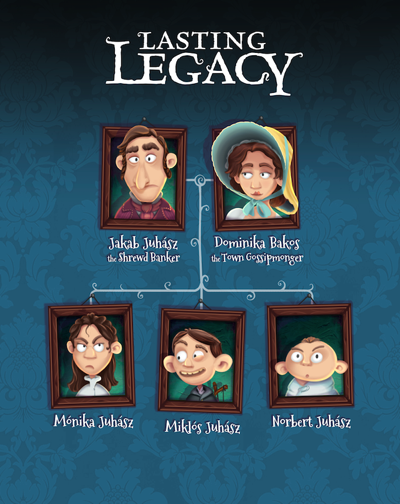In the early stages of developing a game, once I have the idea and the feelings of the game down solid, my approach is to throw everything I can think of at the game and see what sticks.

My early-in-development creative process.
I don’t usually bother fleshing individual ideas out in design documents because it usually takes just as long for me to implement those things and see them in the game instead. And who would want to read about an idea when you can see how it works in the game directly?
During this phase I need to generate lots of different ideas because only some of them are going to stick. The more varied the better, so I like to approach my idea generation from different angles. The two most common approaches are starting from the theme, and starting from the mechanics
For example, in Lasting Legacy, we quickly came up with occupations like Family Doctor or Ball Organizer from the theme, and figured out what useful things they could do in the game (heal people, and attract new friends respectively).
We also came up with several occupations starting from a mechanics point of view. For example, we knew we wanted someone to increase the income of other people, so we came up with the Savvy Businessman occupation.
This time around I also used a third approach to generate ideas: Isomorphism.
Continue reading →



